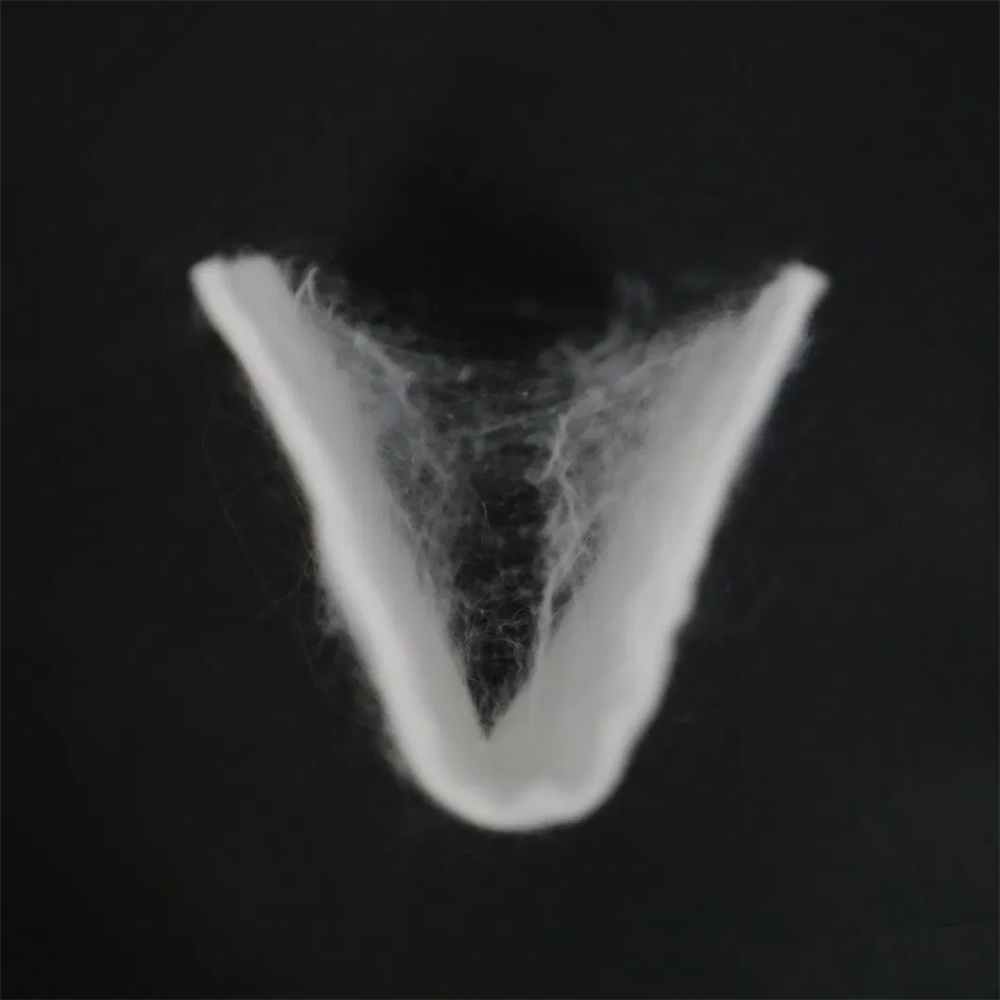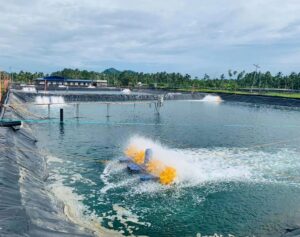Geotextile types
Geotextile is a synthetic material used in civil engineering, environmental engineering and other fields. It is usually used for strengthening soil, preventing soil erosion, filtering and other purposes. According to different uses and material properties, it can be divided into several common types of geotextiles:
Non-woven Geotextiles:
Made of polymer synthetic materials, such as polypropylene (PP), polyester (PET), etc., without weaving. It has good filtering, isolation and enhancement effects. According to different mass density and characteristics, it can be divided into two types: short fiber and long fiber.
Woven Geotextiles:
It is made of polymer synthetic materials, such as polypropylene (PP), polyester (PET), etc. It has high tensile strength and stiffness and is suitable for engineering projects that require high-strength support.
Needle-punched Geotextiles:
It is formed through acupuncture processing, which interweaves fibers and has good tensile strength, puncture resistance and filtration performance. It is often used in soil reinforcement, filtration and anti-seepage projects.
Composite Geotextiles:
It is composed of layers of different types of geotextiles, giving full play to the advantages of various geotextiles. For example, the composite of non-woven geotextiles and membranes has multiple functions such as isolation, reinforcement and anti-seepage.
Three-dimensional Geotextiles:
Geotextiles with a three-dimensional structure are often used in projects such as soil reinforcement and soil erosion prevention. It can be divided into vegetation coverage type and non-vegetation coverage type.
Grid geotextiles (Geogrids):
Made of plastic or fiberglass in a grid-like structure. It is mainly used in projects such as soil reinforcement and soil slope protection to enhance the tensile strength and stability of soil.
Composite geogrids (Geocomposites):
It is composed of a composite of different materials, often including geotextiles, geomembranes, grids and other combinations. Comprehensive geotechnical materials with multiple functions, widely used in complex engineering projects.
These geotextile types differ based on their manufacturing process, structure, use, and material properties. In engineering applications, the appropriate geotextile type is selected according to specific needs and project requirements to ensure the smooth progress of the engineering project.

Geotextile specifications
Geotextile specifications are usually based on specific engineering needs and the manufacturer’s production capabilities, so when selecting geotextile specifications, they need to be customized according to the requirements of the specific project. Here are some common geotextile specifications, but please note that these specifications may vary by manufacturer and region:
thickness:
The thickness of geotextiles is usually expressed in millimeters (mm). Common thicknesses include 0.5mm, 1.0mm, 1.5mm, 2.0mm, etc. The choice of thickness usually depends on the environment in which the geotextile will be used and the required strength.
width:
Geotextiles are typically available in widths between 2 meters and 6 meters and can be customized to meet the needs of specific projects. Wider geotextiles are suitable for projects covering large areas.
length:
Geotextiles are typically supplied in rolls, and lengths can be customized to suit project needs. Common roll lengths are 50 meters, 100 meters, 200 meters or longer.
Mass density:
The mass density of geotextile refers to the mass per unit area, usually expressed in grams per square meter (g/m²). The choice of mass density depends on the strength and use requirements of the geotextile.
tensile strength:
The tensile strength of geotextile refers to the maximum tensile force that the geotextile can withstand under certain conditions. Usually expressed in Newtons (N) or Megapascals (MPa).
Puncture resistance:
The puncture resistance of geotextile refers to its resistance to puncture by external sharp objects. This is usually measured by standardized testing to ensure that the geotextile is not susceptible to damage during use.
UV stability:
The UV resistance of geotextile ensures that it is not prone to aging and breakage when exposed to outdoor conditions.
color:
Geotextiles are usually black because black is good for absorbing sunlight and helps extend the service life of the geotextile. However, in some special cases, other colors of geotextiles may also be selected.
The above specifications may vary between different manufacturers and suppliers, so when selecting geotextiles, it is best to communicate with the manufacturer in detail based on specific engineering needs in order to obtain the specifications that are most suitable for the project.
Author
-

Founded in 2002, Tinhy's team focuses on the manufacturing, marketing, installation, application and research and development of geosynthetic materials.
View all posts




